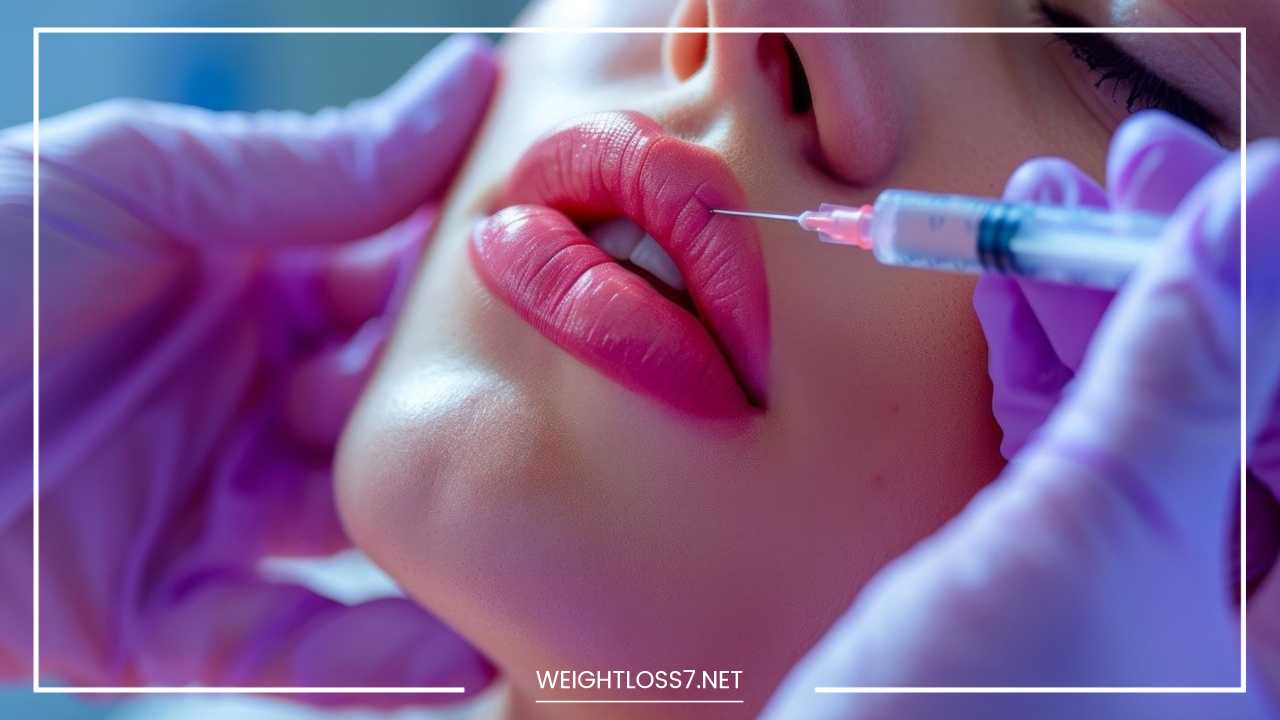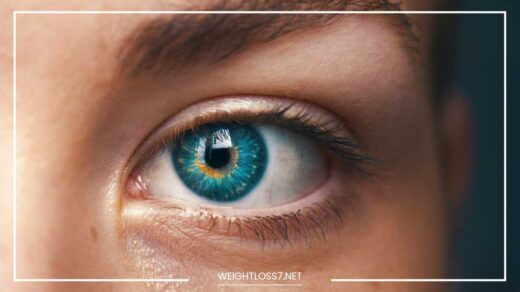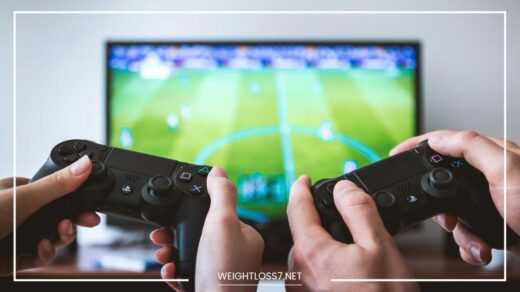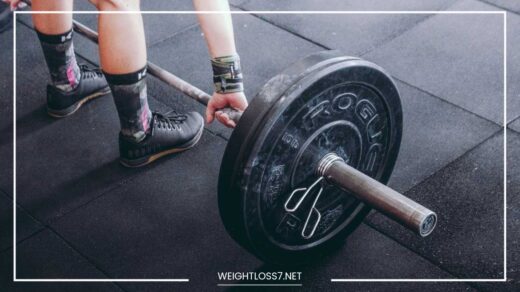Botox: Benefits, Risks & What to Know

Botox
Botox: A Comprehensive Guide to Uses, Benefits, and Side Effects
Botox has become a cultural phenomenon, a ubiquitous term associated with a youthful appearance. But beyond the surface-level association with wrinkle reduction, Botox offers a surprising range of applications.
This comprehensive guide delves into the science behind Botox, explores its diverse uses in both aesthetics and medicine, analyzes its benefits and potential side effects, and offers crucial considerations for those contemplating this treatment.
Unveiling the Power of Botox: A Scientific Exploration
Botox, short for botulinum toxin type A, is a purified protein produced by the bacterium Clostridium botulinum.
Despite its intimidating origins, Botox, when used in controlled, minute doses, has remarkable therapeutic properties.
It functions by interfering with the neurotransmitter acetylcholine, a chemical messenger responsible for muscle contractions. By selectively blocking these signals, Botox effectively weakens or paralyzes targeted muscles.
This mechanism translates into a variety of applications. In the realm of aesthetics, Botox injections relax the facial muscles that contribute to wrinkles and fine lines. For therapeutic purposes, Botox can alleviate muscle spasms, hyperactivity, and misalignment, providing relief for various medical conditions.
Beyond Wrinkles: The Diverse Applications of Botox in Aesthetics
While wrinkle reduction remains the most popular use of Botox, its cosmetic applications extend far beyond forehead lines and crow’s feet. Here’s a deeper exploration of how Botox can enhance facial aesthetics:
- Brow Lift: The corrugator supercilii muscles, located between the brows, are responsible for frown lines. Botox injections in this area relax these muscles, smoothing out the furrows and creating a more relaxed, youthful appearance.
- Glabella Lines: Horizontal lines across the bridge of the nose, often called bunny lines, can be addressed with strategically placed Botox injections. By relaxing the procerus muscle, these lines become less noticeable.
- Lip Flip: Botox can subtly enhance the appearance of lips by relaxing the orbicularis oris muscle, which surrounds the mouth. This creates a slight outward fullness in the upper lip, offering a more defined and pouty look.
- Nefertiti Lift: This technique uses Botox injections along the jawline to create a sharper definition and a more youthful V-shaped contour. By relaxing the platysma muscle, which pulls the corners of the mouth downward, the jawline appears more sculpted.
- Dimpled Chin: For those seeking a smoother chin, Botox injections can target the mentalis muscle, which controls the dimpling action. Relaxing this muscle reduces the appearance of dimples.
Botox’s Therapeutic Realm: A Beacon of Hope for Various Conditions
The power of Botox extends far beyond aesthetics, offering significant therapeutic benefits for a variety of medical conditions. Here’s a closer look at some of the most impactful applications:
- Chronic Migraines: For those suffering from chronic migraines, Botox injections can be a game-changer. By targeting specific nerves in the head and neck, Botox can prevent the release of pain-causing chemicals, significantly reducing migraine frequency and severity.
- Cervical Dystonia: This neurological disorder causes involuntary muscle contractions in the neck, leading to pain, stiffness, and abnormal head positions. Botox injections directly into the affected muscles provide relief by reducing muscle activity and improving mobility.
- Blepharospasm: This condition involves involuntary eyelid twitching or blinking. Botox injections around the eyes relax the overactive muscles, offering significant improvement and reducing involuntary eye movements.
- Hyperhidrosis: Excessive sweating, a condition known as hyperhidrosis, can cause significant social anxiety and discomfort. Botox injections in areas like the underarms, palms, and soles of the feet temporarily block the nerves that stimulate sweat glands, providing relief from excessive sweating.
- Strabismus (Lazy Eye): This condition occurs when the eyes are misaligned, causing vision problems. Botox injections can weaken specific eye muscles, allowing the stronger eye muscle to pull the weaker eye into proper alignment.
The Allure of Botox: Unveiling the Benefits
The popularity of Botox is not without reason. Here’s a breakdown of the key benefits that make it such a sought-after treatment:
- Minimally Invasive: Botox injections are a non-surgical procedure, requiring only a small needle. This translates to minimal discomfort, downtime, and scarring.
- Targeted Treatment: Botox injections provide a highly targeted approach, addressing specific wrinkles, muscle spasms, or misalignments with precision.
- Relatively Quick Results: The visible effects of Botox typically become apparent within a few days to a week, offering a relatively quick way to achieve desired results.
- Long-lasting Effects: While not permanent, the effects of Botox injections can last for 3-4 months, providing sustained improvement.
- Improved Quality of Life: Beyond aesthetics, Botox can significantly improve quality of life for individuals suffering from chronic conditions like migraines, cervical dystonia, and hyperhidrosis. The relief from pain, discomfort, and social anxiety can be transformative.
- Enhanced Confidence: Many people experience a significant boost in confidence after Botox treatment. Whether it’s the reduction of wrinkles or the alleviation of a medical condition, feeling good about one’s appearance and physical capabilities can have a profound impact on self-esteem.
Considering the Downside: Potential Side Effects of Botox
While generally safe when administered by a qualified professional, Botox can cause some side effects. Here’s a breakdown of what to expect:
- Temporary Injection Site Reactions: Redness, swelling, bruising, and mild discomfort are common at the injection site. These typically resolve within a few days.
- Headache: Headaches can occur after Botox injections but usually subside within a day or two.
- Facial Drooping (Ptosis): A rare but potential side effect is a drooping eyelid or brow, which usually resolves within a few weeks. This can occur if the Botox migrates to unintended areas.
- Allergic Reaction: Allergic reactions to Botox are uncommon but can occur. It’s crucial to disclose any allergies during the consultation.
Mitigating Risks: Choosing a Qualified Provider for a Safe Botox Experience
To ensure a safe and successful Botox experience, choosing a qualified provider is paramount. Here are some key considerations:
- Board-certified Professional: Seek treatment from a board-certified dermatologist or plastic surgeon with extensive experience in Botox injections.
- Comprehensive Consultation: Schedule a consultation to discuss your goals, medical history, and any concerns you may have. The provider should assess your suitability for Botox and create a personalized treatment plan.
- Realistic Expectations: Botox offers temporary improvements, and it’s crucial to have realistic expectations about the results. Discuss desired outcomes with your provider and understand the limitations of the treatment.
- Open Communication: Don’t hesitate to ask questions and voice any concerns you may have throughout the consultation and treatment process.
Beyond Botox: Exploring Alternative Options
While Botox is a popular and effective treatment, it’s not a one-size-fits-all solution. Here are some alternatives to consider:
- Fillers: Fillers, such as hyaluronic acid, can add volume to wrinkles and folds, offering a different approach to addressing signs of aging. Fillers provide a more subtle and temporary volumizing effect compared to Botox’s wrinkle-relaxing properties.
- Laser Treatments: Laser treatments can stimulate collagen production, improve skin texture, and reduce the appearance of fine lines and wrinkles. However, laser treatments often require multiple sessions for optimal results.
- Skincare Products: While not a replacement for Botox or fillers, a consistent skincare routine with high-quality products can help prevent wrinkles and maintain a youthful appearance. Look for products containing ingredients like retinol, vitamin C, and antioxidants.
- Neuromodulators: Botox isn’t the only neuromodulator available. Dysport is another option that works similarly to Botox, offering temporary wrinkle reduction. A consultation with a qualified professional can help you determine which neuromodulator is best suited for your needs.
The Final Verdict: Making an Informed Decision about Botox
Botox is a powerful tool with a range of applications, both aesthetic and therapeutic. By understanding its mechanism of action, diverse uses, benefits, and potential side effects, you can make an informed decision about whether Botox is right for you.
Consulting with a qualified professional is crucial to ensure a safe and successful experience. Remember, Botox is just one piece of the puzzle when it comes to achieving a youthful appearance and improving your overall well-being.
Additional Considerations:
- Cost: Botox treatments can vary in cost depending on the provider, location, and amount of product used. Be sure to inquire about pricing during the consultation.
- Maintenance: The effects of Botox are temporary, requiring repeat injections every 3-4 months to maintain results.
- Natural Aging: It’s important to remember that Botox cannot stop the natural aging process. However, it can effectively address specific concerns and enhance your appearance.
By carefully considering all the factors discussed in this comprehensive guide, you can embark on your Botox journey with confidence and realistic expectations.
The Future of Botox: Exploring New Horizons
Botox, though a well-established treatment, continues to evolve. Here’s a glimpse into what the future holds for this versatile toxin:
- New Applications: Research is ongoing to explore the potential of Botox for treating additional conditions. These include excessive blinking (blepharospasm), vocal cord dysfunction, and urinary incontinence.
- Longer-lasting Formulations: Scientists are developing new formulations of Botox that may offer longer-lasting effects, potentially reducing the need for frequent touch-up procedures.
- Personalized Treatments: The future of Botox might involve personalized treatment plans tailored to individual needs and anatomy. This could involve using different injection techniques, varying Botox concentrations, or even combining Botox with other treatments for optimal results.
- Minimizing Side Effects: Research is focused on further minimizing potential side effects associated with Botox. This may involve developing more targeted injection techniques or even exploring alternative delivery methods.
Botox and Your Overall Well-being: A Holistic Approach
While Botox offers undeniable benefits, it’s important to remember it’s one piece of a larger puzzle when it comes to achieving and maintaining a youthful appearance and overall well-being. Here are some complementary strategies to consider:
- Healthy Lifestyle: A healthy lifestyle that incorporates a balanced diet, regular exercise, and adequate sleep is crucial for maintaining healthy skin and promoting overall well-being.
- Sun Protection: Sun exposure is a major contributor to wrinkles and premature aging. Consistent use of sunscreen with SPF 30 or higher is essential for protecting your skin.
- Stress Management: Chronic stress can have a negative impact on your skin and overall health. Practicing stress-management techniques like yoga, meditation, or deep breathing can be beneficial.
- Skincare Routine: A consistent skincare routine that includes cleansing, moisturizing, and using targeted products can help maintain healthy, youthful-looking skin.
Final Word: Botox as a Tool for Enhancement, Not Replacement
Botox is a powerful tool that can effectively address specific concerns and enhance your appearance. However, it’s not a replacement for a healthy lifestyle and a comprehensive approach to well-being.
By understanding the science behind Botox, its diverse applications, potential benefits and drawbacks, and by prioritizing healthy habits, you can make informed decisions and create a personalized plan to achieve your desired results.
Remember, true beauty comes from a combination of inner and outer well-being, and Botox can be a valuable tool on that journey.

















